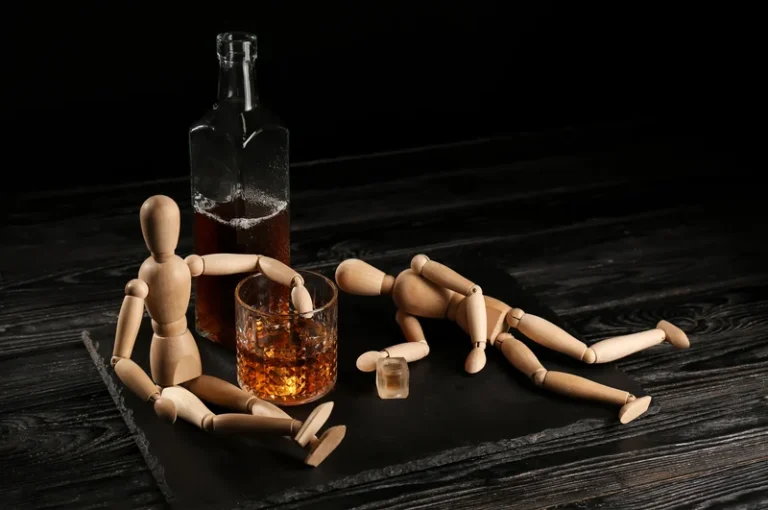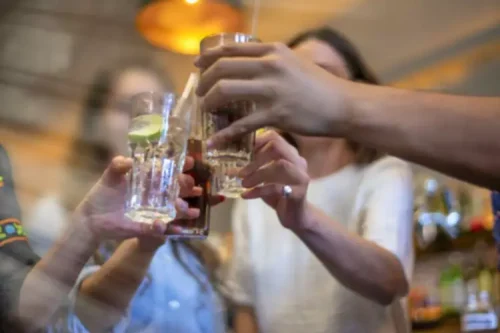
Research on the science of addiction and the treatment of substance use disorders has led to the development of research-based methods that help people to stop using drugs and resume productive lives, also known as being in recovery. Participants were monitored for 6 months following participation in the study to assess treatment outcomes. Specifically, participants were contacted at 1-month, 3-months, and 6-months following study participation via telephone. Participants were directly interviewed via telephone to determine relapse status, date of initial relapse, and given the Brief Addiction Monitor (BAM) and TLFB.
- During this time, deaths from excessive drinking among males increased approximately 27%, from 94,362 per year to 119,606, and among females increased approximately 35%, from 43,565 per year to 58,701.
- The Substance Abuse and Mental Health Services Administration (SAMHSA) is the agency within the U.S.
- 78% of all Americans with an alcohol use disorder will have a slip, lapse and relapse at some point during their recovery process.
- Even after you purge the excess alcohol from your system, certain feelings, thoughts, and events can trigger an urge to drink.
- Understanding the statistics behind alcohol relapse can help those in recovery prepare for potential obstacles and maintain their sobriety.
Alcohol Relapse Rates and Statistics
The WHO’s warning about alcohol came despite a downtick in overall alcohol deaths and in alcohol consumption as well, which decreased slightly between 2010 and 2019 from 5.7 to 5.5 liters per person each year. Discover the impact alcohol has on children living with a parent or caregiver with alcohol use disorder. Find out how many people have alcohol use disorder in the United States across age groups and demographics. While cirrhosis scars from excessive drinking are irreversible, quitting alcohol and leading a healthier lifestyle can help your liver heal from alcohol-related liver disease. The longer you abstain from alcohol, the better your chances of success. The key is to understand alcohol relapse statistics, know your triggers, and constantly work on ways to avoid a relapse.
- The death rates were also highest in low-income countries and lowest in high-income countries.
- If people stop following their medical treatment plan, they are likely to relapse.
- Many of the effects of drinking every day can be reversed through early intervention.
- These investments enabled the expansion of lifesaving prevention, treatment and recovery services and supports in communities throughout the country.
- In other words, it’s a lifetime diagnosis, so patients have to carefully maintain their recovery using different coping skills, support networks and self-care routines.
- If you struggle with drinking, and you’ve tried to white-knuckle it only to fall back into unhealthy habits, your experience is common.
What are the principles of effective treatment?

Among both males and females, alcohol-attributable death rates increased for most cause of death categories. The average number of sex-specific alcohol-attributable deaths increased among all age groups from 2016–2017 to 2020–2021(Figure). alcohol relapse statistics Having a substance abuse disorder like alcohol use disorder or alcoholism means that you have a chronic health condition, much like diabetes or high blood pressure. It usually requires professional treatment for people to become sober.
How effective is Alcoholics Anonymous (AA) in preventing relapses?
Various studies and scientists use different terminology to describe this phenomenon. Some use “spontaneous remission” while others use “spontaneous recovery.” There’s also debate over what constitutes treatment. Some studies consider 12-step programs treatment while others do not.
- The key is to understand alcohol relapse statistics, know your triggers, and constantly work on ways to avoid a relapse.
- The first two stages represent a progression away from recovery and toward a full relapse.
- By reducing the emotional weight of negative experiences more quickly than positive ones, this bias helps us move on from past adversities and fosters psychological resilience.
- The KFF analysis used data from 2012 to 2022 from the CDC Wide-ranging Online Data for Epidemiologic Research, which provides access to a wide array of public health information.
- Marijuana is classified under the Controlled Substances Act as a hallucinogen.
- When you’re recovering from alcohol use disorder, a relapse is when you start drinking again.
- There are plenty of alcohol relapses that occur in the U.S. and around the world each year.
- Many people think preventing a relapse means just saying “no” to a drink.
From healthy habits to family support, find your path to a brighter future. Even if you were buying the cheapest alcohol, sobriety could still save you a lot of money. You could be spending an average of $200 to $300 a month https://ecosoberhouse.com/article/boredom-drinking-and-how-to-stop-it/ on alcohol if you drank alcohol every day. 27.5 million Americans have battled with alcohol use disorder (AUD). This transformation leads to withdrawal symptoms and intense cravings for alcohol when changing your habits.
Recovery Position
Addiction Recovery Quotes Images

